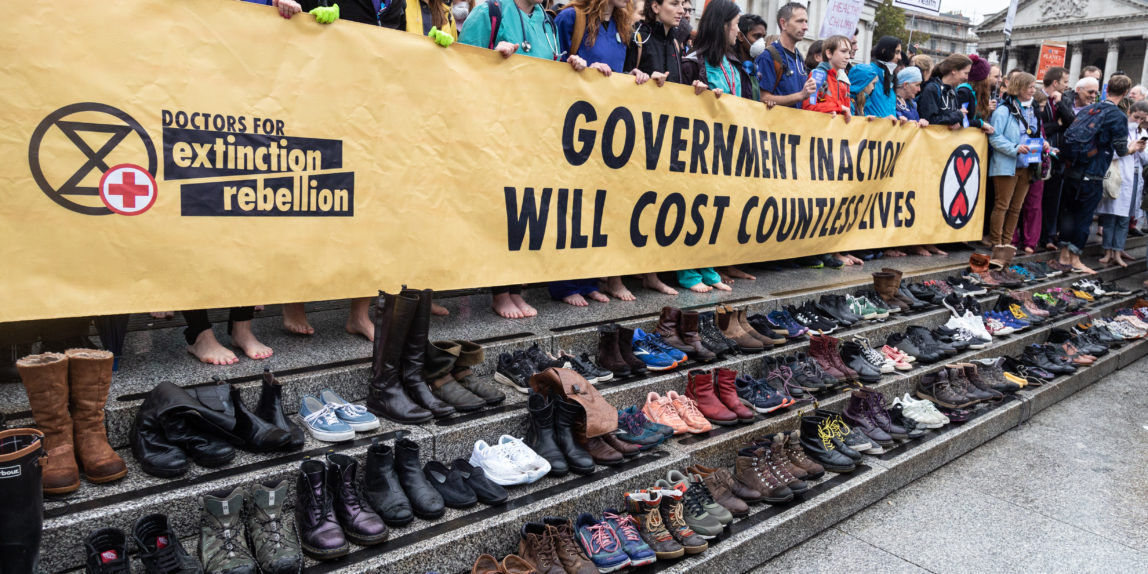It’s time to think about the Oral Presentation. This one is going to be interesting. My portfolio will look completely different from what I have shown before and I need to explain that.
My first two work in progress portfolios were both firmly landscape work. The theme of the project is the impact of the climate crisis. The climate is an aspect of the physical world, so landscape photography, the photography of the world around us seems a not unreasonable response. So I went out and did work that stretched me, but did not really extend the envelope of my practice.
During the summer I realised several things.
The climate crisis is a human crisis. Species come and go and seas rise and fall over long periods of time. But what is happening now in the Anthropocene era is that humans are undermining their own ability to live in the only home they have. The Earth will survive this crisis and continue for many millions of years. Humans, however, could die in their billions.
There is no point joining an MA programme to have one’s practice stretched a little. It should be transformed. If, after the programme, I do go back to landscapes, I can do so in the knowledge that I know what else is out there and I have experimented with these alternative strategies.
The most obvious way to address the two points above is to start photographing people, and in particular people at the frontline of the climate crisis.
I deliberately did not write “people affected by the climate crisis”. We all are. But I wanted to find a group of people for whom the climate crisis is a lived reality today. I had thought about visiting communities in the UK who were considered to be most at risk of flooding or coastal erosion. But I had already met such people during my landscapes studies and their reaction tended to be denial.
A chance conversation with a fellow student introduced me to Extinction Rebellion. I had seen the April rebellion on the news and was impressed by the audacity of this group. The more I found out about Extinction Rebellion (XR), the more I was impressed. This was a group of people who had gone through concern to anger to grief to action. They were determined to bring about change. They were living the climate crisis, they were what I was looking for.
So I got involved with a dual purpose. I offered my skills as a photographer to assist with the XR communication effort. I also made it clear that I had an art project in progress. I was warmly welcomed. It was only after I became involved that I realised that XR is in itself an art project.
The founders of XR (Rupert Read, Roger Hallam and Gail Bradbrook) had considered the urgency of the climate crisis and looked at how effective previous protest had been. They started to pull together productive threads, some of which were the Dada movement and the Situationists. These movements did not use logical rebuttal to challenge existing beliefs. Rather they surprise and delight, make people laugh and stare. They aim to take people to a point of saying “what the heck?” and at that point of incredulity, space opens up, a space that can be filled with new ideas, change and action.
So my portfolio will contain barefoot doctors, grandmothers being arrested, people glued together and educated, professional people who are more than happy to accept the label “Uncooperative Crusty”.
